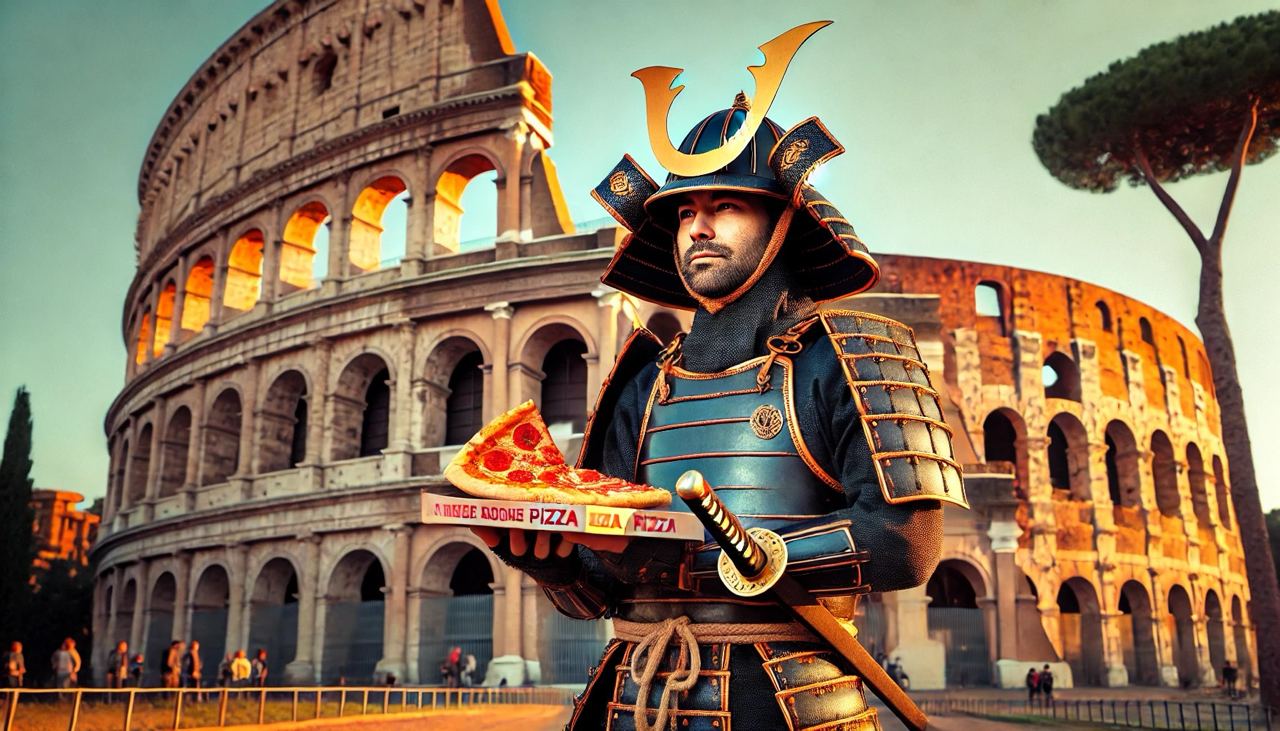Learn Trading for Free and Without Registration
An Online Glossary to Study Trading Independently
Italy: The Country of Art, History, and Economic Contrast
Italy: A Country of Art, History, and Economic Contrasts

Italy, located in the heart of the Mediterranean, is a nation renowned for its rich history, unique culture, and robust economy. Known for its contributions to global fashion, the automotive industry, gastronomy, and architecture, Italy is a dynamic blend of tradition and innovation, making it a vital player in the European Union.
Italy in Numbers
- Capital: Rome
- Major cities: Milan, Turin, Naples, Florence
- Population: 59.1 million (2023)
- Area: 301,340 km²
- Currency: Euro (EUR)
- Language: Italian
- Economy:
- GDP (nominal): $2.1 trillion (2022)
- Key industries: Manufacturing, fashion, tourism, agriculture, automotive
- Trading partners: Germany, France, USA, China
Economic Overview
Italy’s economy is the third-largest in the European Union and ranks eighth globally by nominal GDP. It is a blend of highly developed industrial sectors and traditional agriculture.
Key economic sectors:
- Manufacturing and production:
- Italy is a major global producer of automobiles (Fiat, Ferrari, Lamborghini) and industrial equipment.
- Fashion and design:
- Milan is recognized as a global fashion capital, home to brands like Gucci, Prada, Versace, and Armani.
- Tourism:
- Tourism contributes around 13% of Italy’s GDP, attracting millions annually to landmarks like the Colosseum, Vatican City, Leaning Tower of Pisa, and Venice's canals.
- Agriculture:
- Renowned for wine (Tuscany, Piedmont), olive oil, cheese, and pasta, Italy is a global leader in high-quality food exports.
- Energy:
- Italy invests heavily in renewable energy sources, including solar and wind power.
Monetary Policy and Italy’s Role in the EU
As a member of the Eurozone, Italy uses the euro as its national currency. The European Central Bank (ECB) plays a crucial role in maintaining economic stability in Italy.
ECB’s goals for Italy:
- Maintaining low inflation levels.
- Ensuring euro stability in global markets.
- Implementing monetary measures to support the economies of Eurozone countries, including Italy.
Italy is also an active participant in the European Stability Mechanism (ESM), designed to prevent economic crises within the Eurozone.
Financial System and Banking Sector
Italy’s banking sector, despite challenges in recent decades, remains a cornerstone of its economy. Major banks like UniCredit and Intesa Sanpaolo are key players in financing industry and small businesses.
Strengths of the financial system:
- High levels of digitalization in banking services.
- EU support in restructuring the banking sector.
Challenges:
- High levels of debt, particularly among small businesses.
- Dependence on subsidies and EU support.
Trade Relations and Balance
Exports:
- Key products: Automobiles, industrial equipment, clothing, textiles, wine, cheese.
- Key markets: Germany (12.6%), France (11.3%), USA (10.3%).
Imports:
- Key products: Machinery, raw materials, chemicals, oil.
- Key partners: Germany (16.2%), China (8.4%), France (7.5%).
Italy maintains a positive trade balance thanks to its strong export position in fashion, automobiles, and agricultural products.
Key Economic Indicators for the EUR
-
Purchasing Managers' Index (PMI):
Reflects sentiment in the manufacturing sector, which is a significant part of Italy’s economy. -
Consumer Price Index (CPI):
Tracks inflation levels, crucial for monetary policy control. -
Debt-to-GDP Ratio:
Italy's public debt exceeds 140% of GDP, making it one of the highest in the EU.
Italy’s Economic Miracle
Italy’s economic miracle refers to the post-World War II period when the country transformed from a predominantly agrarian economy into one of the world’s most industrialized and urbanized nations.
Key factors behind its success:
- Investments in infrastructure.
- Support from international organizations like the IMF and EU.
- Focus on high-tech manufacturing.
Today, Italy faces challenges like modernizing its industries and reducing bureaucracy to maintain its competitive edge.
Italy’s Future: Challenges and Opportunities
Strengths:
- Rich cultural heritage driving tourism.
- Leadership in fashion, design, and high-quality manufacturing.
- Strong support from the European Union.
Challenges:
- High public debt levels.
- Low youth employment rates.
- Political instability affecting economic reforms.
Italy continues to attract investors with its unique opportunities and remains a key player in the global economic landscape.
Conclusion
Italy is a nation of rich cultural heritage, a strong economy, and significant potential for growth. Despite its challenges, it remains one of the driving forces of the European Union’s economy.
Recommendation from Ronin Academy:
To trade effectively with a focus on Italy, monitor economic indicators influencing the euro and stay updated on EU policy changes. Investors may find opportunities in tourism, fashion, automotive, and renewable energy sectors.


